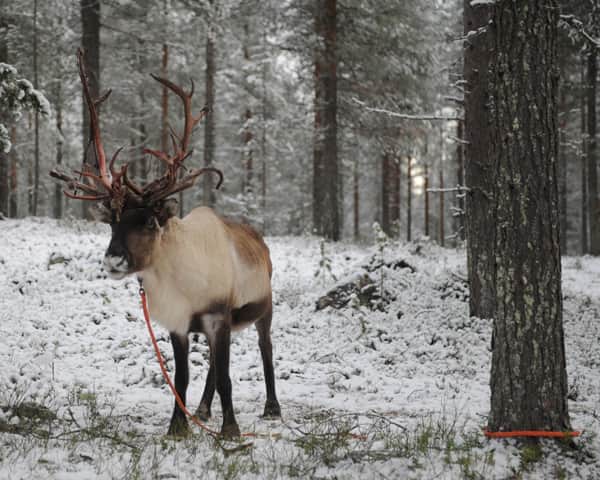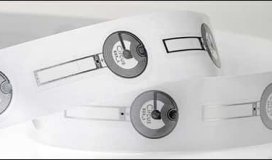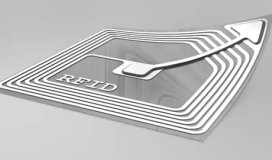Reindeer herders, under the guidance of the Finnish Reindeer Herders Association (Paliskuntain yhdistys, or FRHA) are testing an Internet of Things (IoT)-based solution to monitor the location and well-being of their reindeer herds, and some individual animals, as they roam the tundra and forests of northern Finland this winter.
The herders are using the technology, provided by Digita, with low-range wide-area network (LoRaWAN) and GPS-enabled trackers on some reindeer, and Actility software to manage the location data and trigger alerts if a herd is determined to be at risk, such as if they suddenly start running, run long distances or even cease moving entirely. Mapping software company Mapitare Oy is providing high-resolution maps for use offline on mobile devices.
Reindeer in Finland are raised for meat, fur and antler products. They travel a wide area to graze in that country—up to 40 kilometers (24.9 miles) of wild territory within a single day, though the average daily travel is less than that. Because of this wide grazing range, it is impossible for herders to watch them all day, and so the animals sometimes can be difficult to locate. They can be vulnerable to wild animal attacks or simply wander out of the expected territory. For this reason, the FRHA reports, up to 10 percent of the animals' annual value can be lost each year. There are 300,000 reindeer and about 4,400 reindeer owners in Finland.

The FRHA began investigating a technology-based solution for tracking animals about a decade ago, and implemented a GPS-based system. Three years ago, it released a smartphone app known as Porokello (Finnish for "reindeer bell") that allowed drivers to indicate when they see a reindeer wandering near the road using their Smartphones.
The reindeer herders of Finland have used GPS- and GSM-enabled trackers that identified each animal's location and transmitted the data via a cellular connection. Such devices are commonly employed to monitor the locations of hunting dogs. However, these trackers could prove to be too bulky and expensive for wide use on reindeer. Instead, they were typically worn by just a few reindeer—approximately 70 to 100 animals altogether.
The herders have also used a device known as a death bell, which detects if an animal has remained in one place for more than three hours, possibly indicating that it may have been killed by a predator. The device sends its unique ID number via a very high frequency (VHF) RFID transmission to those carrying VHF antennas, only if movement has stopped for a prolonged period, so as to alert the herders to a problem, according to Matti Särkelä, the office head of the Reindeer Herders' Association, in Finland.
"This allows reindeer owners to go to view a deceased member of their herd as soon as possible," Särkelä states, "and to capture evidence of predator attacks. Additionally, they can seek compensation from the government when it can be proven that a predator has killed a reindeer." However, VHF technology requires that antennas be installed in all the areas of interest, and this can make it challenging to monitor every animal's location.
FRHA and the Palojärvi reindeer herding district (there are 54 such districts in Finland) began piloting the Digita- and Actility-based IoT system in June 2017. Digita then began offering trackers to Palojärvi district herders in September, during the bi-annual reindeer roundup, says Von Cameron, Actility's business and development execution VP for the Americas. Rather than tag every animal, the association applied the trackers only to each herd's alpha female.
Since the animals tend to travel in herds, knowing where the alpha female is located provides sufficient information to understand the entire herd's activities. Herds with a single alpha female can vary in size from tens to hundreds of reindeer. In one area, approximately 65 to 70 trackers are in use for around 4,000 animals.
The reindeer are being tracked throughout an area spanning 50 square kilometers (19.3 square miles), serviced by five LoRaWAN gateways installed on masts standing more than 300 meters (984 feet) in height, to capture tracker transmissions and forward that information to a server. "LoRa is a great technology for this use case for several reasons," Cameron says. The tracker does not require a SIM card to store and transmit data, and can support a long battery life—potentially five to ten years.


